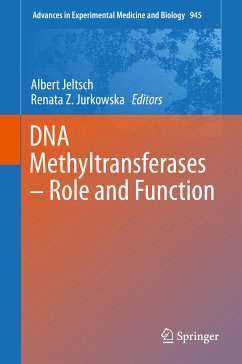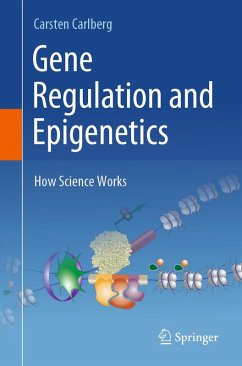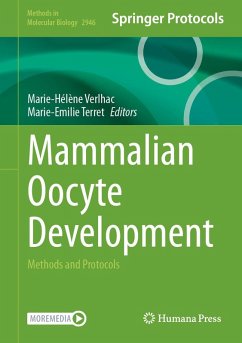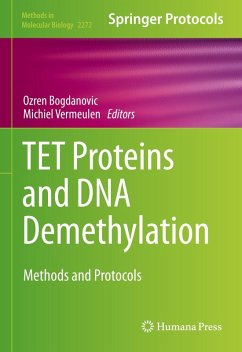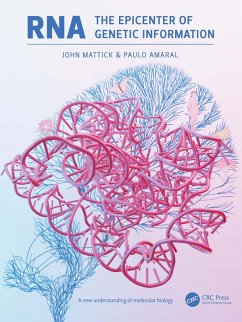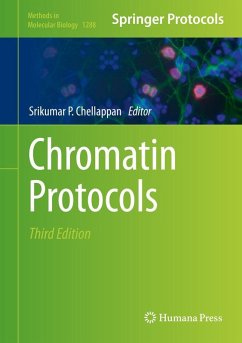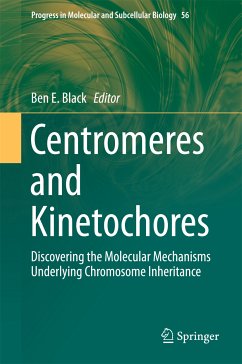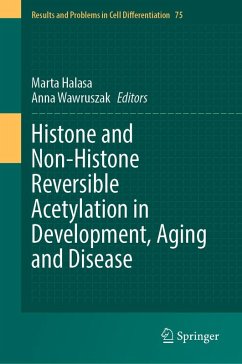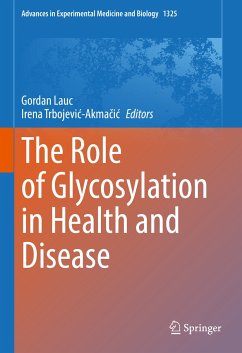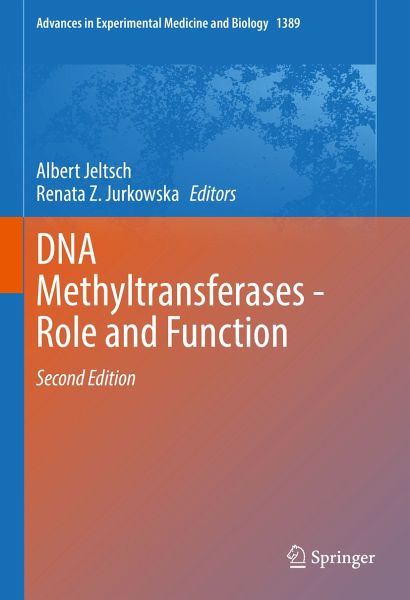
DNA Methyltransferases - Role and Function (eBook, PDF)
Versandkostenfrei!
Sofort per Download lieferbar
175,95 €
inkl. MwSt.
Weitere Ausgaben:

PAYBACK Punkte
88 °P sammeln!
This 2nd edition of the book on DNA methyltransferases has been comprehensively updated to reflect many novel research findings regarding the structure, function, and technology of these enzymes that have emerged over the past 6 years.Like the previous edition, this 2nd edition explains the biochemical properties of DNA methyltransferases, describing their structures, mechanisms and biological roles in bacteria, humans and plants. It also discusses the biological processes of reading DNA methylation and the mechanisms of DNA demethylation. This volume highlights the newest findings on DNA meth...
This 2nd edition of the book on DNA methyltransferases has been comprehensively updated to reflect many novel research findings regarding the structure, function, and technology of these enzymes that have emerged over the past 6 years.
Like the previous edition, this 2nd edition explains the biochemical properties of DNA methyltransferases, describing their structures, mechanisms and biological roles in bacteria, humans and plants. It also discusses the biological processes of reading DNA methylation and the mechanisms of DNA demethylation. This volume highlights the newest findings on DNA methyltransferase inhibitors and their use in cancer therapy as well as the latest epigenome editing systems based on these enzymes.
Overall, this 2nd edition comprehensively summarizes the current state of research in the field of DNA methylation and DNA methyltransferase and is essential reading for early career and advanced researchers in this exciting field.
Like the previous edition, this 2nd edition explains the biochemical properties of DNA methyltransferases, describing their structures, mechanisms and biological roles in bacteria, humans and plants. It also discusses the biological processes of reading DNA methylation and the mechanisms of DNA demethylation. This volume highlights the newest findings on DNA methyltransferase inhibitors and their use in cancer therapy as well as the latest epigenome editing systems based on these enzymes.
Overall, this 2nd edition comprehensively summarizes the current state of research in the field of DNA methylation and DNA methyltransferase and is essential reading for early career and advanced researchers in this exciting field.
Dieser Download kann aus rechtlichen Gründen nur mit Rechnungsadresse in A, B, BG, CY, CZ, D, DK, EW, E, FIN, F, GR, HR, H, IRL, I, LT, L, LR, M, NL, PL, P, R, S, SLO, SK ausgeliefert werden.



